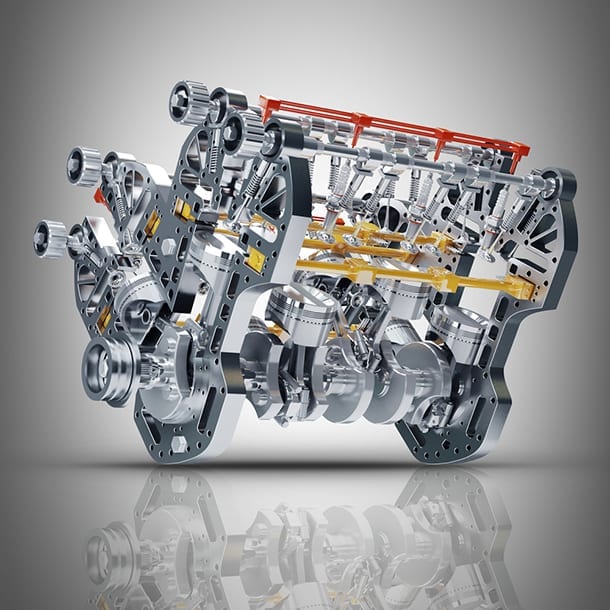Topic: Blog

Low rate Finance
When we take the journey toward purchasing a car, we need to consider what car finance repayments we can afford. From there we can move on to decide which car we will be spending our a to b journeys in. For some people, once they purchase the car, they think little about what goes into making it go and some may never even open up the hood to have a look. The engine is the beating heart of your car, the source of all its power, and the maker of all kinds of enticing noises that make up the experience of driving a car. How does it work, though? Some might think that because there are so many parts, moving and unmoving, that turn petrol into motion that engines must be too complicated for the layman to understand. Thankfully, that’s far from the case.
The parts of a Car Engine
Pistons, valves, crankshafts, sumps, and spark plugs are probably the engine parts that you most often hear being spoken about. What do they all do?
- Pistons are cylindrical blocks that fit exactly inside the engine’s cylinders. When fuel is burned, the pistons are moved by the expanding gases. Piston rings line the pistons and ensure that they make a seal with the cylinder. Your car engine will be damaged if your pistons aren’t sealing properly.
- Valves include intake and exhaust valves. They allow gases to flow in one direction but not the other, so the intake valve lets gaseous petrol in but not out, while the exhaust valve releases burnt fuel.
- The crankshaft connects to all of the pistons and converts the pistons’ back-and-forth linear motion into rotational motion that can turn your wheels.
- Spark plugs release a small but powerful electrical spark in order to ignite a mixture of air and fuel that moves the pistons. When spark plugs fail, they either stop sparking at all or spark at the wrong time, which at best reduces your performance and fuel efficiency and at worst can damage your engine.
- The sump lubricates the crankshaft with oil and also collects any oil that drips down during use. Without the sump’s lubrication, the metal crankshaft would be damaged by friction and overheating.
Petrol to Power: The Four Strokes of a Car’s Engine
All petrol and diesel powered engines follow the same basic paradigm: the four-stroke internal combustion engine. Each of the four strokes is a different process that ultimately leads to the explosive combustion of a mixture of fuel and air.
The first stroke is the intake stroke, wherein a valve that connects the piston to the fuel tank opens and lets in a small amount of fuel and air to provide oxygen. The second, compression, stroke, compresses the air and fuel mixture so that it explodes powerfully. In the third stroke, called the combustion stroke, the spark plug attached to the piston sparks and ignites the mixture, actually causing an explosion and release of energy. Finally, the fourth stroke is the exhaust stroke, which pushes the gases produced by burning fuel, mostly carbon dioxide. Then, the four-stroke cycle begins anew.
If you’re buying your first car, you’ve got to know your budget, how you will go about obtaining car finance, and what kind of car you’ll be getting. We at 360 Finance are here to help you with that every step of the way. However, if you truly want to choose the best car for your needs, it helps to know how your car’s components work and what all those stats dealers quote at you mean.

